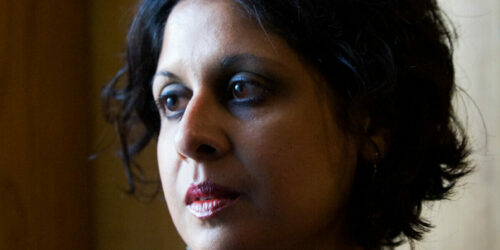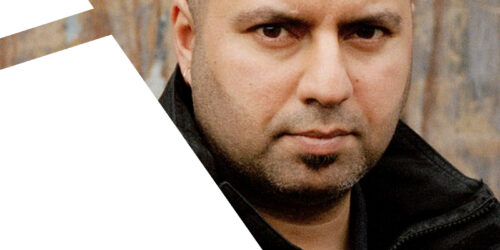
Visit your setting.
If possible, go to the setting itself. Even if your story takes place somewhere familiar, go visit. Sometimes we think we know a place, but when we visit again with our characters’ preoccupations in mind, we see it differently. Take a field trip and challenge yourself to notice ten things you hadn’t realised before about the place. If your setting is inaccessible – perhaps it’s too distant or only exists in the past – there are other ways of visiting. For example, photos, newspapers, maps, documentaries and archives all offer ways of accessing a faraway time or space. As for imaginary or speculative settings, coupling real images and resources with imagined concepts can be a delightful pathway into world-building.
Spin a 360 in your character’s shoes.
Imagine you are in the setting, right in the centre of the action, standing in one of your character’s shoes. Turn a slow circle. What do you see? Are you Inside or outside? If outside, what landmarks do you notice? if inside, what’s in the room? Are there windows or doors? What do they show? Where do they lead? Jot down any observations that catch your character’s attention. An object may spur a memory or provoke an action. If you’re lucky, your character might point out something that you overlooked. If this exercise is fruitful, bring in another character, do another twirl. Find out what this one has to say. Determining how different characters react to being in the same place is a great way to develop nuance.
Explore the setting at various times.
Settings are not static and considering how they change enriches your writing. What’s your setting like at different times of the year, at different times of the day? For example, think of a field in winter versus the same field in summer. It’s the same space, but the plants and animals, sounds and scents, weather and quality of light will shift with the seasons. If your story or scene takes place in the evening, consider what happens in the same space in the morning. Even if the bulk of your piece occurs at a specific time and place, including details about that place at other times can give your setting a depth beyond simply being a backdrop.
Ask yourself: What other purposes does this setting have? Who has come before, who will come after?
A setting can function like a stage in a piece of writing. And yet, a setting is more than a stage set. To broaden the setting’s backstory, consider uses of this space in both the past and future. For example, say the scene is a conversation between two characters in a restaurant. What other conversations have been had at that table? What does that table represent to the waitstaff? Who will be sitting there the next day? Or perhaps the scene is in a park. What if that land used to be a cemetery? Or an abandoned factory? Consider how a place’s past can shape your characters’ thoughts and gestures as they move through it.
Be selective. Don’t try to fit it all in.
The preceding tips are designed to generate backstory. I’ve peppered them with questions to springboard your creativity. Your answers might be quick and instinctual. Or maybe you’ll mull the questions over as you go about doing other things. Either way is fine. The intention is to create a rich and vivid sense of place in your imagination to draw on in your writing. All that groundwork guides and informs what lands on the page. Enjoy the details that arise as you draft and edit, but don’t feel you need to shoehorn every bit of information into your story. Trust that having considered these questions is akin to turning the soil in a garden. By knowing the setting intimately, you’re preparing the ground for your story to grow and flourish.
 Melissa Fu is the author of Peach Blossom Spring, a BBC Radio 2 Book Club pick in the UK and a 2022 Indies Introduce title for the American Booksellers Association. Her work appears in several publications including The Lonely Crowd, International Literature Showcase, Bare Fiction, Wasafiri Online, and The Willowherb Review. In 2019, her debut poetry pamphlet was published by the Hedgehog Poetry Press. In 2018/2019, Melissa received an Arts Council England, Developing Your Creative Practice grant and was the David TK Wong Fellow at the University of East Anglia.
Melissa Fu is the author of Peach Blossom Spring, a BBC Radio 2 Book Club pick in the UK and a 2022 Indies Introduce title for the American Booksellers Association. Her work appears in several publications including The Lonely Crowd, International Literature Showcase, Bare Fiction, Wasafiri Online, and The Willowherb Review. In 2019, her debut poetry pamphlet was published by the Hedgehog Poetry Press. In 2018/2019, Melissa received an Arts Council England, Developing Your Creative Practice grant and was the David TK Wong Fellow at the University of East Anglia.
Melissa graduated from Rice University, cum laude, with a double major in Physics and English and went on to earn a Masters in Condensed Matter Physics at the University of Colorado, Boulder, and a Masters in English Education at Teachers College, Columbia University. She has worked in education as a teacher, curriculum developer, and consultant.
Melissa is also an NCW Academy online course tutor. We have courses in writing fiction, crime, memoir, scripts, romantic fiction, creative non-fiction and poetry. Find out more →
You may also like...
Five creative writing tips for any writer
Forward Prize-winning writer Anthony Capildeo shares their best advice for aspiring writers

19th February 2021






